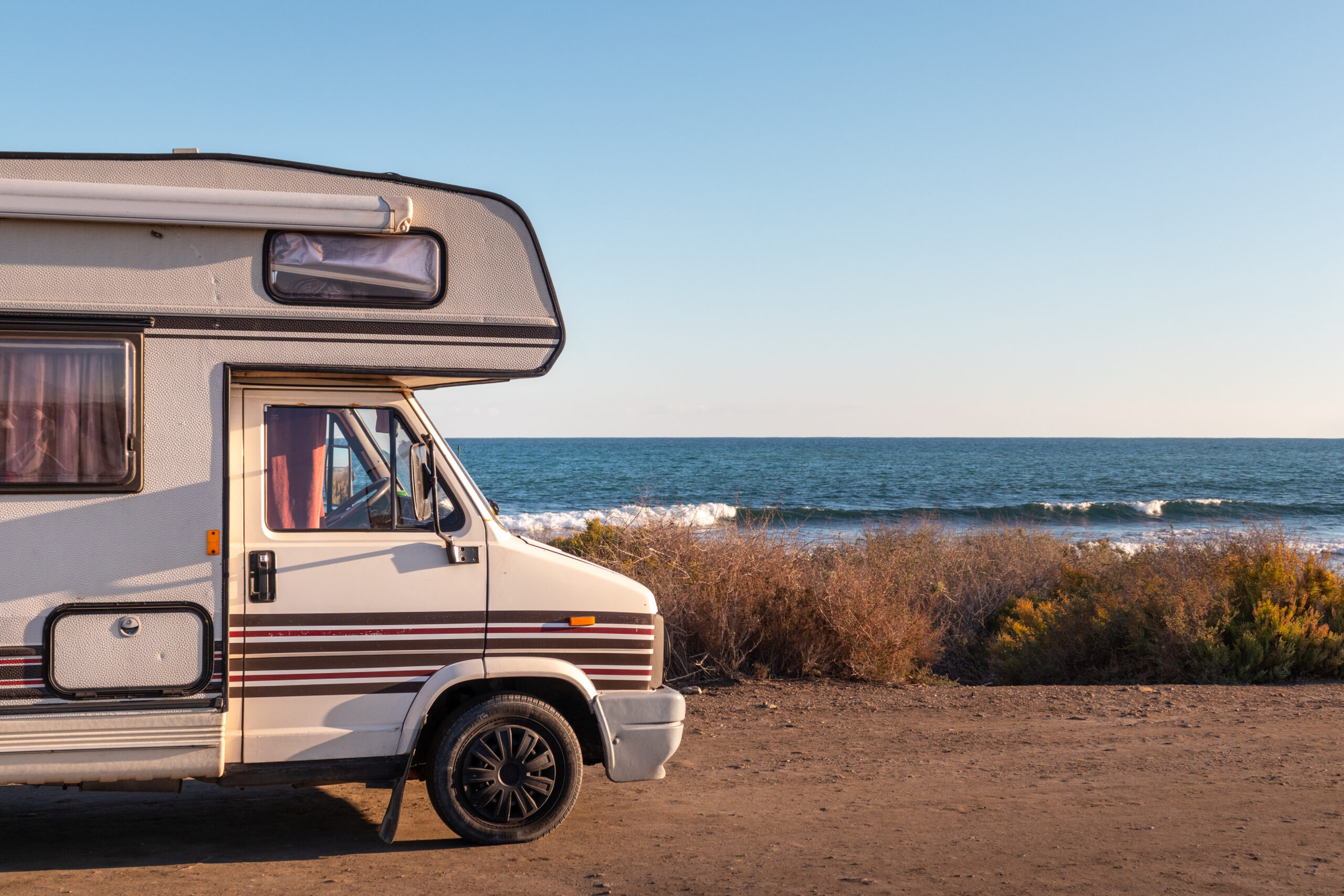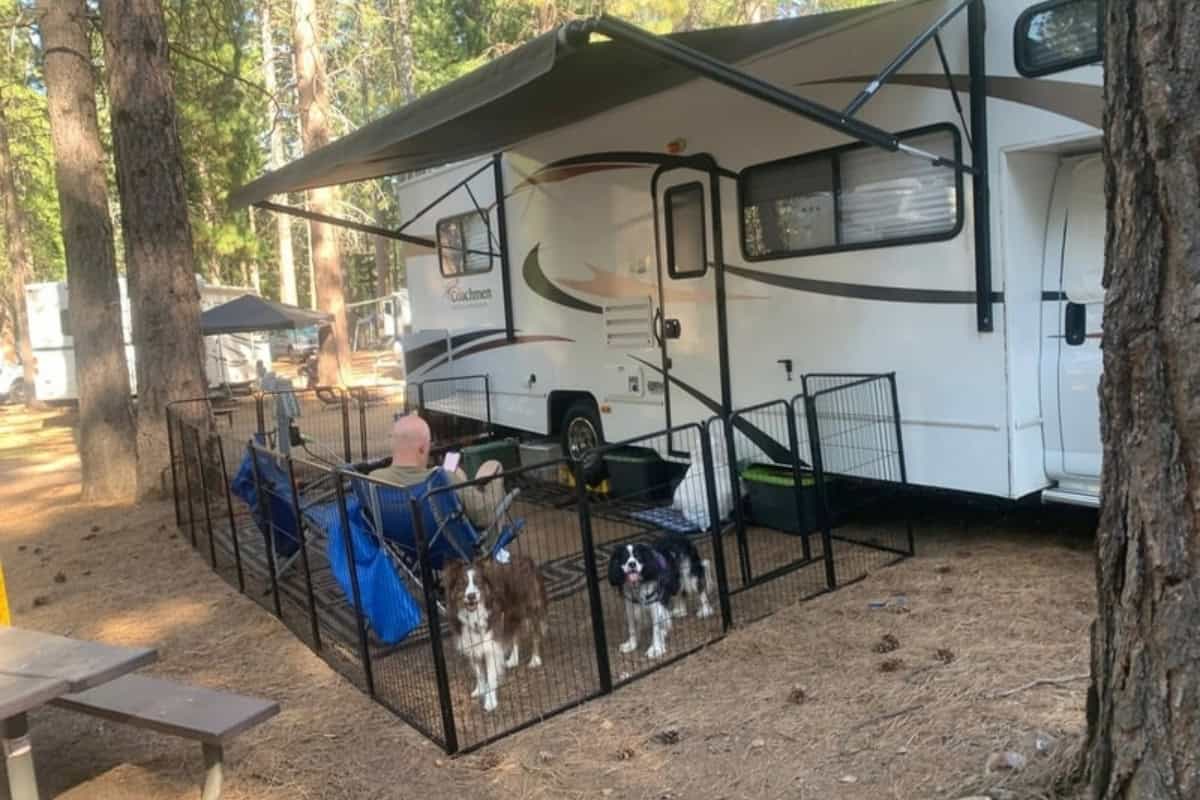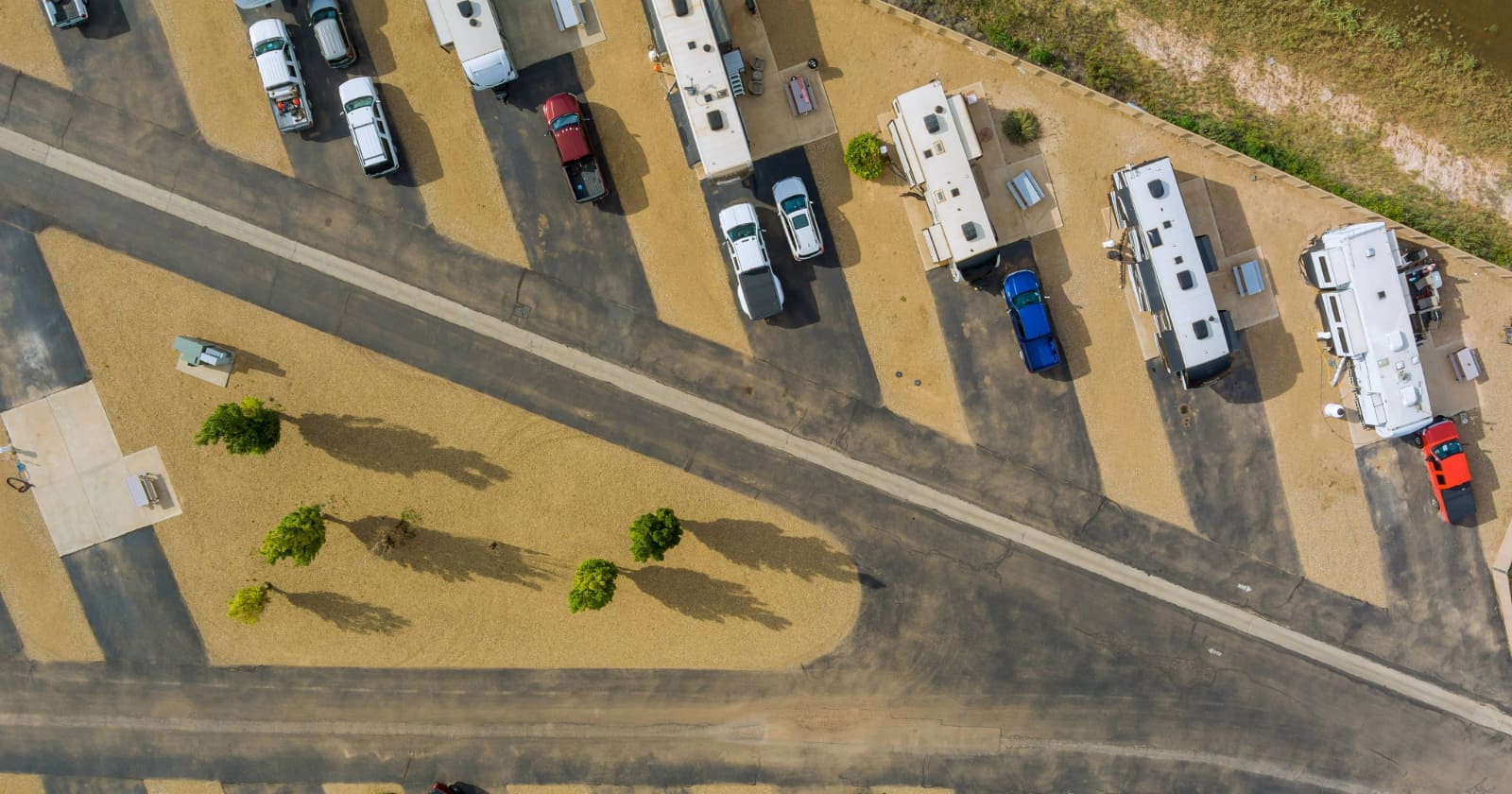
Should You Avoid Buying Old RVs?
It’s easy to watch a YouTube video of someone restoring a vintage RV and think, “That looks great! Maybe I should fix up some old RVs.” However, this is a dangerous line of thinking to follow. Although there are benefits to buying used RVs, the older they are, the more issues they’re likely to have.
Old RVs are often less safe and less reliable compared to their newer counterparts. Although vintage models certainly have some charm, the problems often outweigh the benefits. If you have the skills and time to restore an old model, that’s great! Unfortunately, many people who buy outdated RV models don’t know what to do with them and end up wasting a lot of money.
In general, the risk is often not worth the reward, and it’s better to opt for a newer model that’s only seen a few years of use. Below, we have five of the most compelling reasons to avoid old RVs. Carefully consider these risks if you’re thinking about getting a vintage camper.
1. Outdated models are harder to service
First off, the older an RV is, the harder it is to maintain. New RVs are released every year, and manufacturers are constantly phasing out old models and replacement parts. This might seem unfair to people with older models, but it’s just the way things are. Because they are no longer selling those RVs, there isn’t a need to continue using the same products and manufacturing processes.
So if you’re trying to fix up an old RV, you may be out of luck if you’re trying to find a replacement part. Outdated vehicle parts are sometimes hard to come by and may be quite expensive. Mechanics may not be familiar with your model and will have to special order the right parts.
If you’re dealing with an old motorhome, the problems become even more difficult. Because the vehicle is integrated with the camper, you have to worry about repairing and maintaining the automotive parts. If the engine doesn’t run, the purchase has been for naught.
In addition, these outdated models might use products or manufacturing practices that are no longer considered safe. If the materials in the RV are toxic, there’s not much you can do besides rip everything out and replace it. Even this process is risky because it can be hard to get rid of hazardous materials once they have been installed.
2. Old RVs are money pits
Next up, don’t expect to save any money when you buy an obsolete RV. In many cases, these old models are very cheap. It’s easy to look at the low price and convince yourself that it’s a real bargain! It may be affordable to buy the RV, but fixing it up is another story.
Depending on the condition of the RV, you may have to spend thousands of dollars to make it livable. Once RVs pass a certain threshold, you can’t use them unless you’re willing to gut the whole vehicle and start from scratch. And at that point, why not just buy a new vehicle? If you replace everything that made the original unique, why did you buy it in the first place?
In addition, if you decide that the project is too much work, it may be hard to resell the RV to someone else. This market is not overly interested in outdated models, so good luck finding a buyer. Sometimes it’s best to scrap it before you dig yourself in too deep.
3. Most old RVs have ugly interiors
Let’s not forget the aesthetic side of things either. Although there are some old RVs that are cute and charming, most of them are pretty ugly. Lots of these vehicles have boxy designs, degraded outer coatings, and low-quality interiors.
In the earlier days of RV manufacturing, many companies looked for ways to save money and cut corners. This meant that they used a lot of low-grade materials that didn’t stand up to the test of time. In many cases, that led to RVs with cracked and peeling walls, dingy lights, and uncomfortable furniture.
The color scheme of these vehicles is overwhelmingly brown, and everything feels stained. If the previous owner smoked or had pets, this makes the interior even worse. Owners can put in the effort to update the interior and replace various pieces of furniture. However, this is often expensive and doesn’t guarantee that the end result will be good.
4. Higher potential for water damage and mold
One of the biggest dangers that RVs face is water damage. Owners must constantly stay on guard so they will notice the earliest warning signs of this scourge. If an RV is old and has sat unattended for years, it’s almost guaranteed to have some level of water damage and/or mold.
Common signs of water damage include discoloration, bubbling on the walls or floors, a foul odor, or widespread mold and mildew. Water damage can also cause exterior degradation. If the outside of an RV is covered with stains and black streaks, that’s a sign of poor RV maintenance.
Don’t mess around when it comes to water damage! This can cause rot that destabilizes the entire structure of the vehicle. If it gets bad enough, the RV could collapse. It’s almost impossible to fix deep-set damage without pulling the entire RV apart. If you build it from the ground up, you’ll lose money and any charm that the original design had.
5. No warranties and vague histories
Finally, old RVs usually come with vague and incomplete histories. They may have changed hands several times before you buy them, so the records will be scattered at best. Without these records, it will be hard to confirm how well it was cared for.
In addition, used RVs rarely come with warranties. You won’t have any backup from the manufacturer if something goes wrong. There may also be undocumented accidents or mechanical problems. The effects of these might only surface once the deal is done and the vehicle is in your possession.
Due to these spotty records, it’s often unsafe to buy and use an outdated RV. Performing an inspection will cost time and money, plus it could reveal deep underlying issues that would be even harder to fix.
In most cases, you’re better off avoiding old RVs altogether. It’s much better to buy a new model or one that only has a few years of use. Make sure you get accurate records from the owner and carefully inspect every part of the vehicle before committing to a purchase.
Forums such as iRV2.com and blog sites like RV LIFE, Do It Yourself RV, and Camper Report provide all the information you need to enjoy your RV. You’ll also find brand-specific information on additional forums like Air Forums, Forest River Forums, and Jayco Owners Forum.
Related articles:



